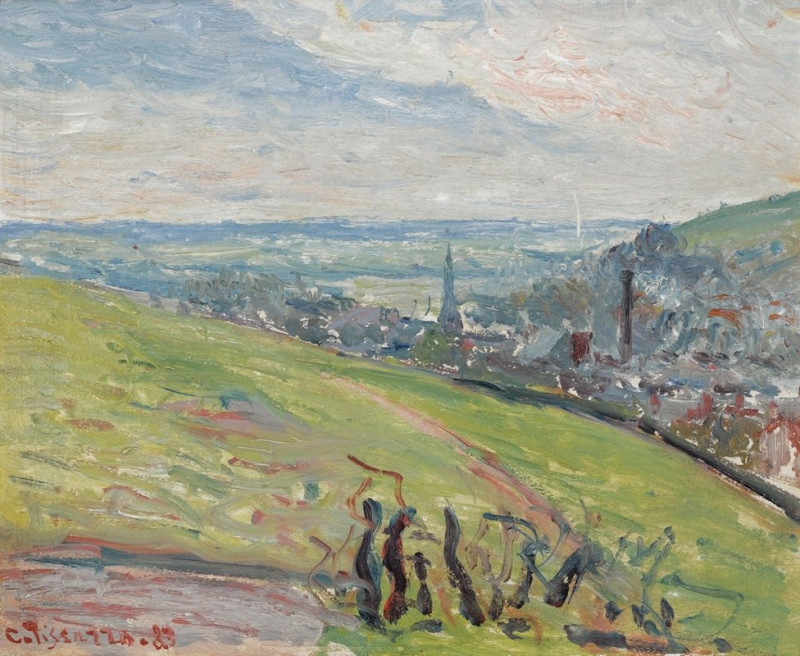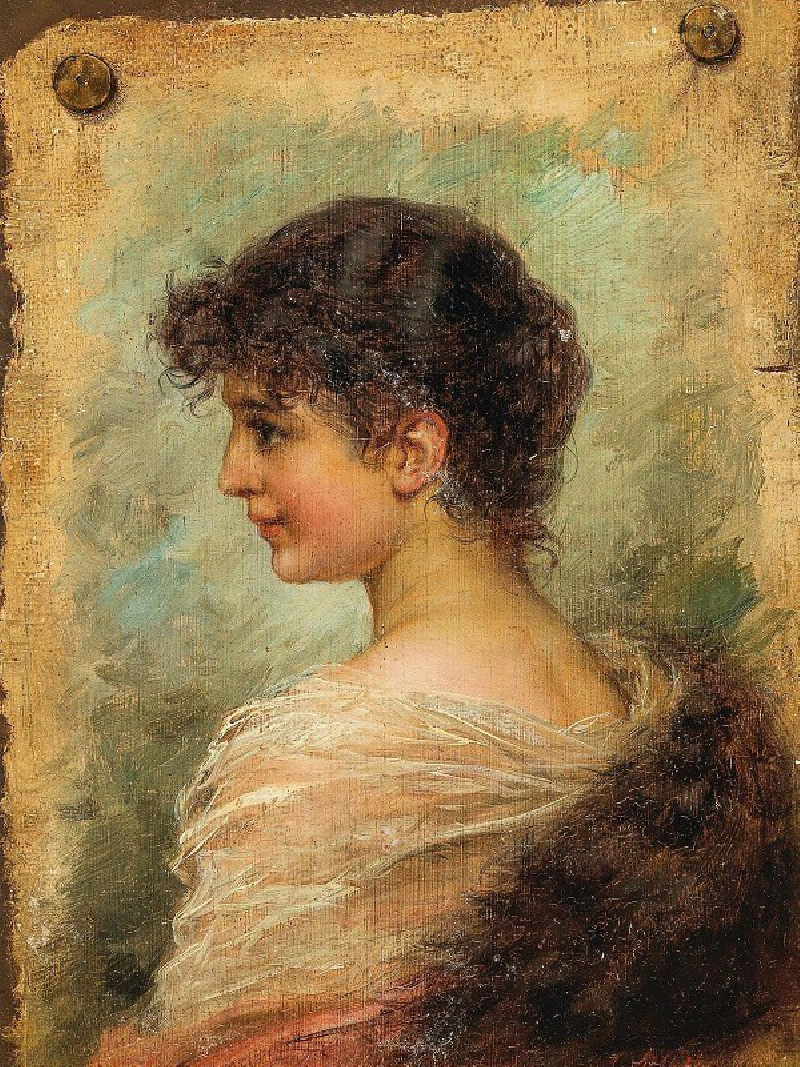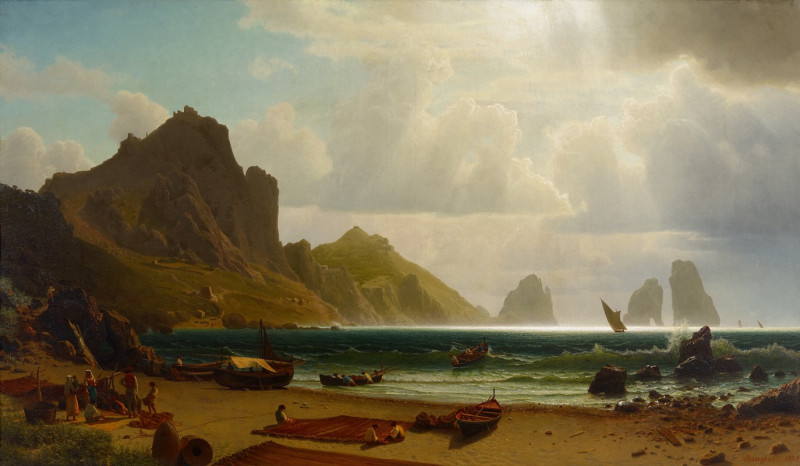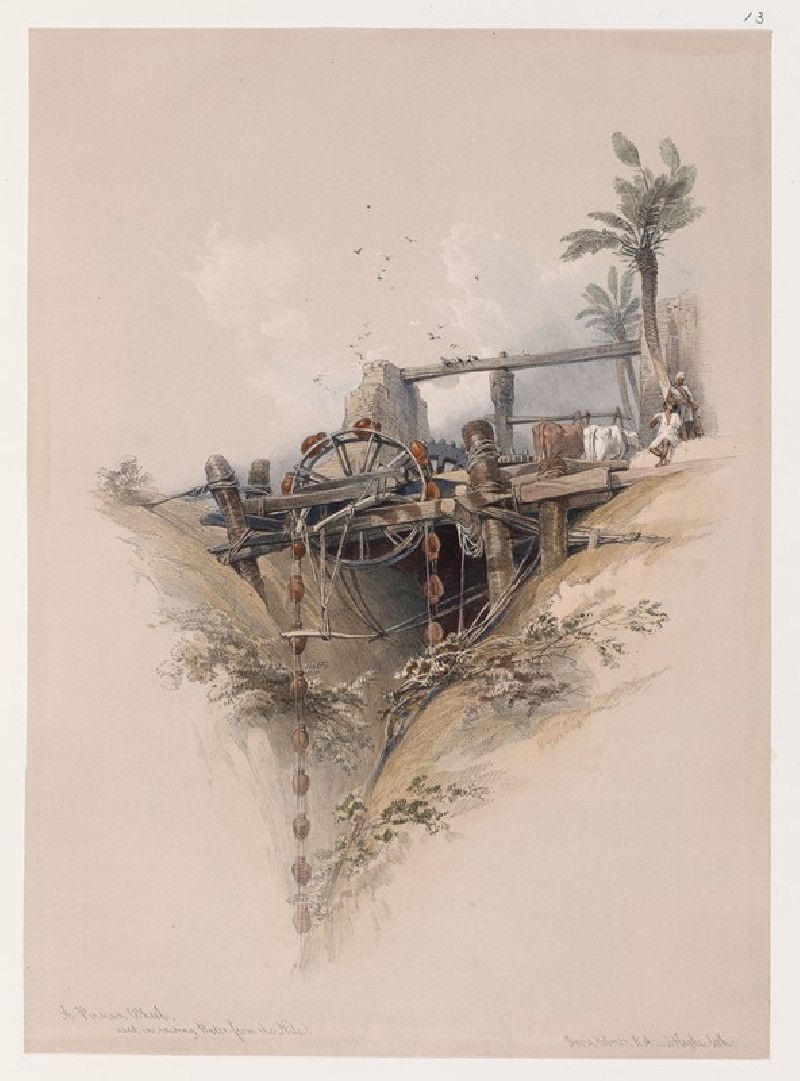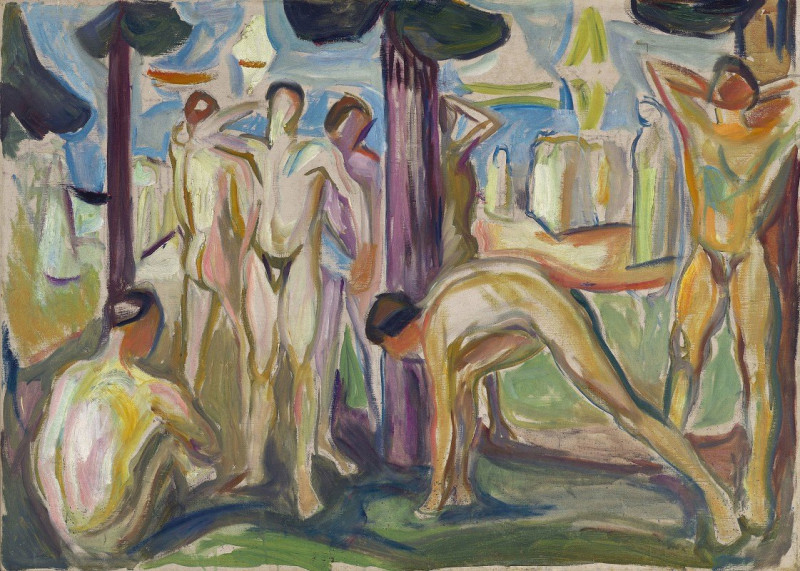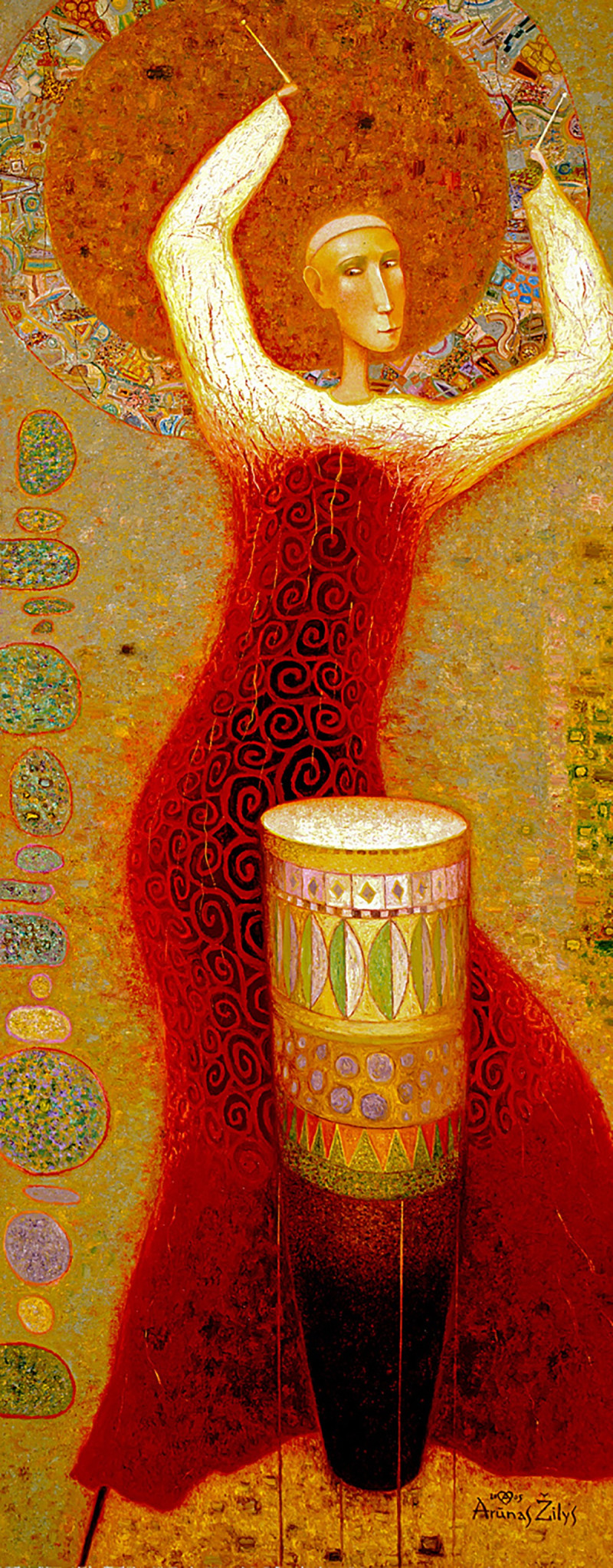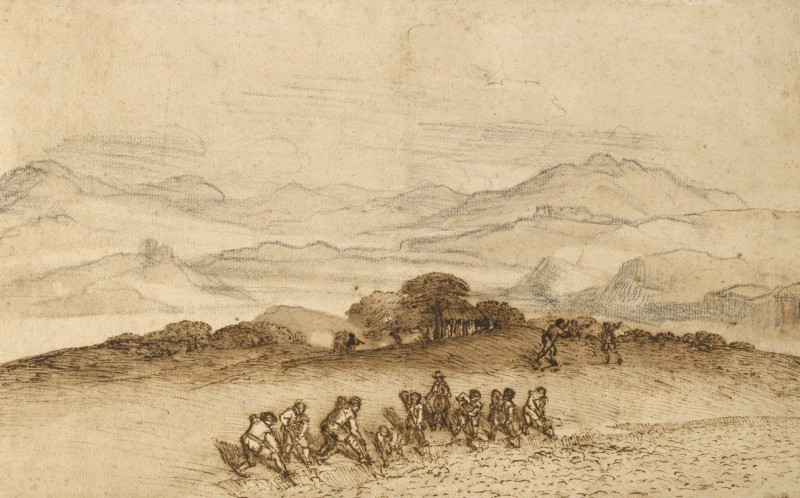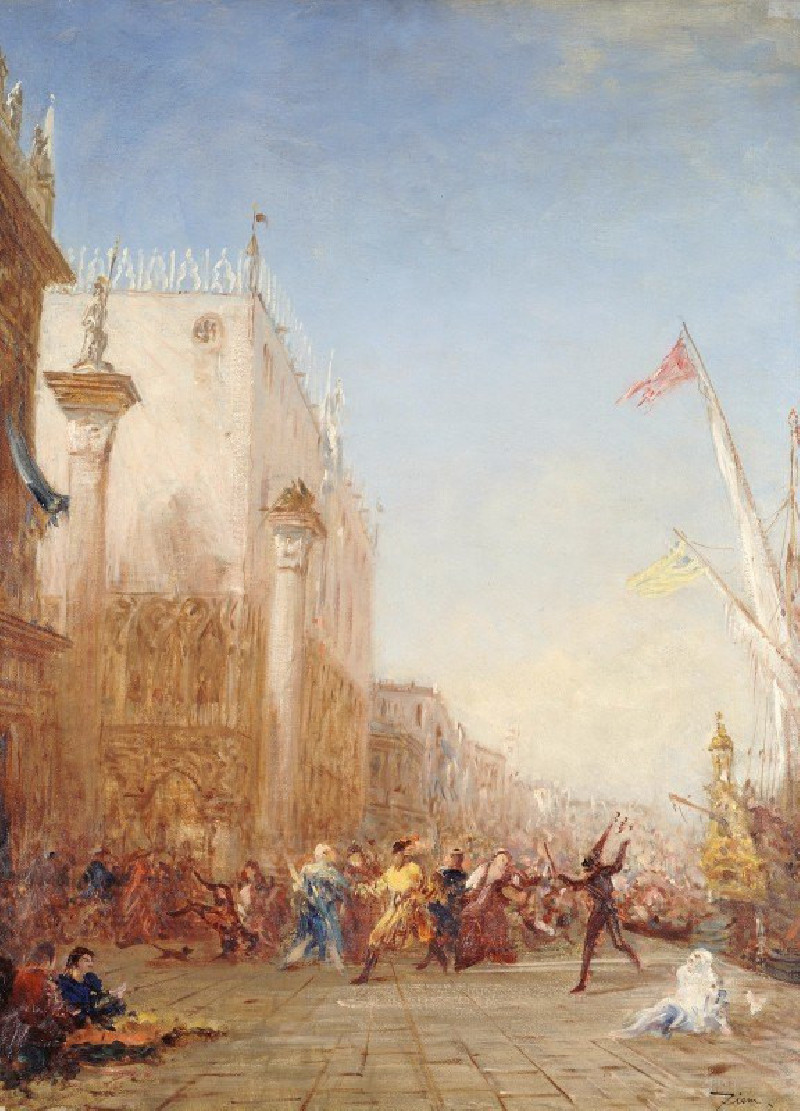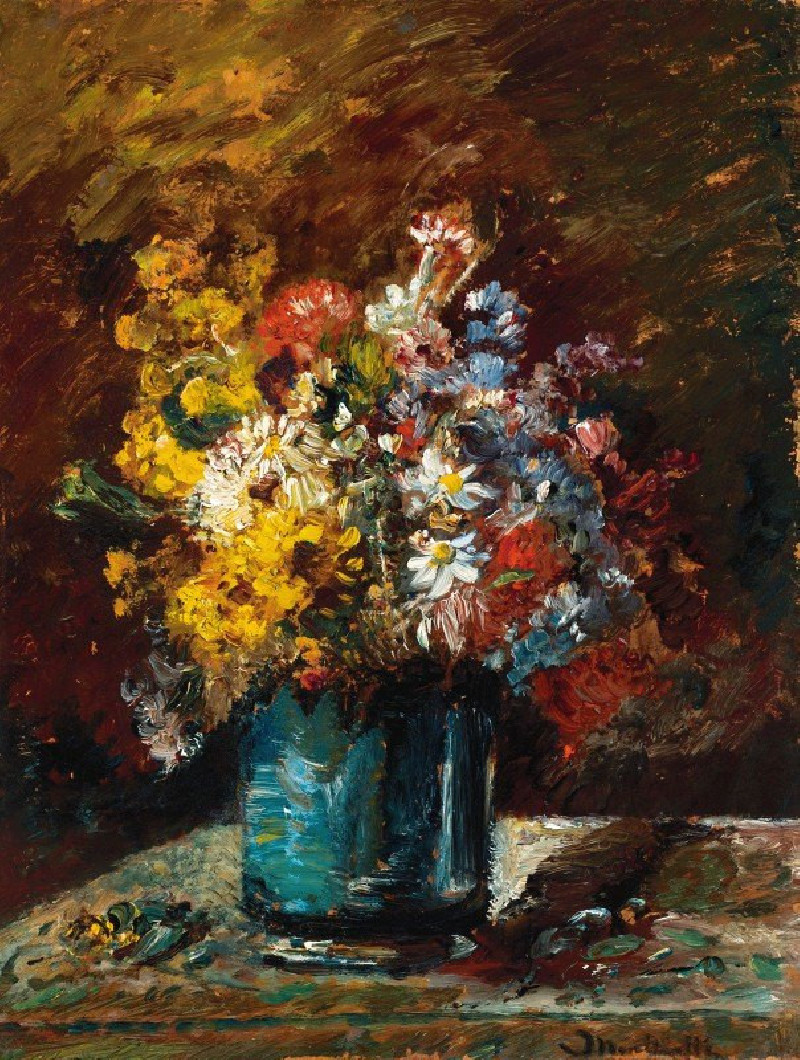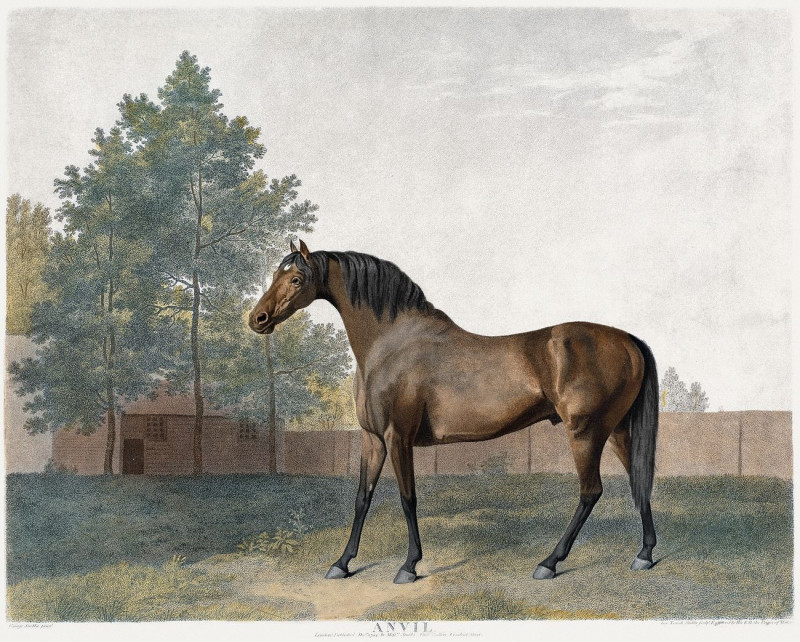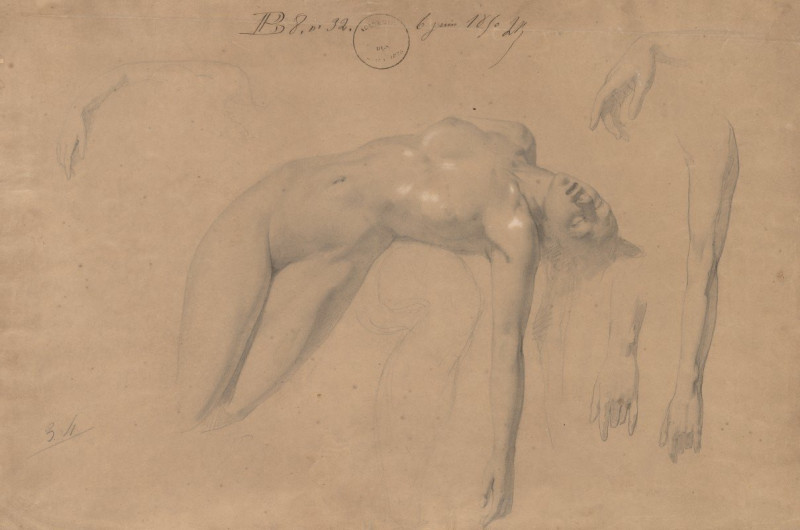Environs De Rouen (1883)
Technique: Giclée quality print
Recommended by our customers
More about this artwork
This vibrant landscape titled "Environs De Rouen" was painted in 1883 by Camille Pissarro, a pivotal figure in both the Impressionist and Post-Impressionist movements. Known for his unique approach to capturing rural settings, this painting is an exquisite example of his mastery in portraying the essence of the French countryside.The composition features a sweeping view from a high vantage point overlooking the environs of Rouen. It captures the lush fields in the foreground, marked by gentle valleys and a vivid, dynamic brushwork that conveys a sense of movement and life in the landscape. A pathway leads the eye into the bustling town below, finely dotted with structures that nestle amid the green surroundings, demonstrating Pissarro’s attention to the delicate balance between human settlement and nature.The skyline is dominated by a striking array of bluish and gray tones, with architectural silhouettes that suggest the historic city’s character without overwhelming the pastoral charm of the scene. Above, the sky is a tumultuous swirl of whites and blues, reflecting the possibly brisk weather, adding a breath of freshness and vitality that animates the entire scene.Pissarro's use of color and light shows his continual experimentation and skill in expressing the atmosphere and mood of a moment, revealing not just the visual but also the sensory experiences of the scene.
Delivery
Returns
Blessed are they who see beautiful things in humble places where other people see nothing. — Camille Pissarro
Camille Pissarro (1830-1903) was born on St.Thomas (now the US Virgin Islands) to a Portuguese father and a Dominican mother. He went to Paris to study art at Ecole des Beaux-Arts. He was an early pioneer of pointillism and neo-impressionism and later became a mentor of many famous impressionist painters including Cezanne, Manet, Renoir, and Gauguin. His paintings depicted rural and urban French landscapes and lifestyle. Many of his works politically captured images of peasants and laborers. Today, he is considered the father of impressionism.

